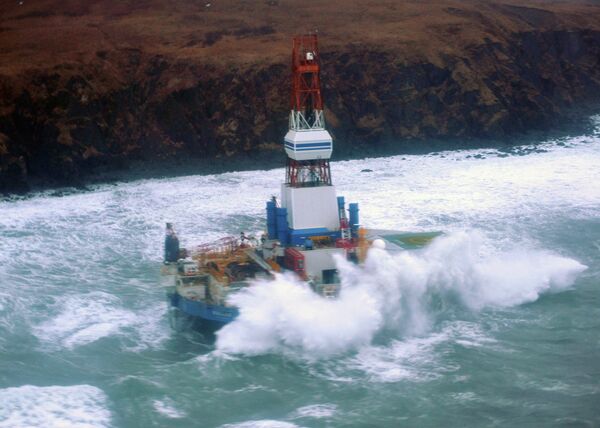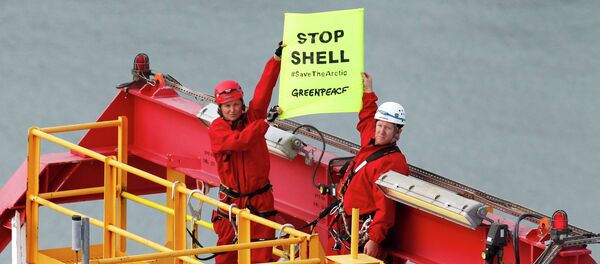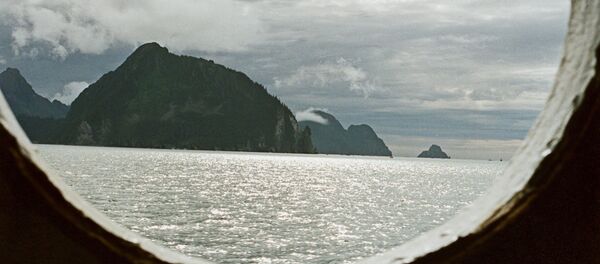
According to analysis compiled by the National Energy Board, conditions in the area present huge obstacles to any potential cleanup efforts, even during the busy summer months. Looking at how wave heights and ice patterns could prevent the use of cleanup tools such as in-situ burning, containment and the use of dispersants, they determined cleanup would be impossible 20% of the time in June, 40% of the time in August and 65% of the time in October. After October, any response would most likely have to be deferred until the following season.
Shell was involved in a disastrous attempt to drill in the Arctic in 2012 when it was towing its Kulluk oil rig out into Dutch Harbor by ship. The ship lost control when a winter storm hit and the rig, along with 150,000 gallons of fuel and drilling fluid, later washed up along pristine Alaska coastline.
Since then, oil companies and environmentalists have been waiting to see how the Interior Department would react to industry lobbying efforts to drill in Alaska. It is believed that the region holds between 24 billion barrels of oil and 104 trillion cubic feet of gas comprising as much as 13 percent of the world’s undiscovered oil reserves and 30 percent of its undiscovered gas reserves, a potential boon for American production




